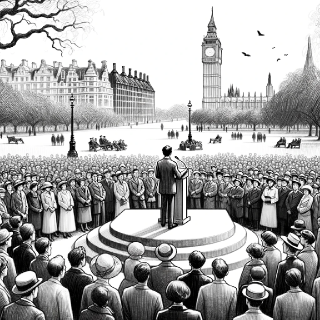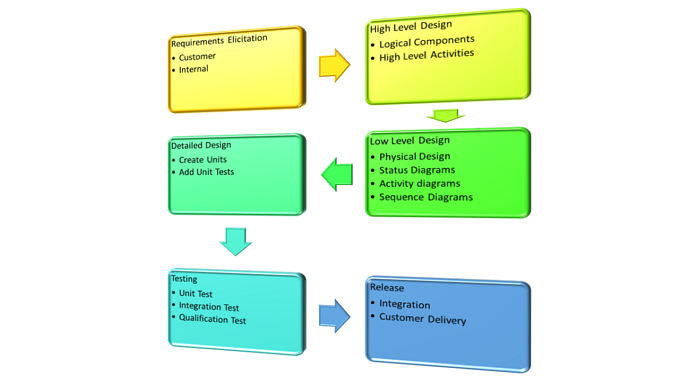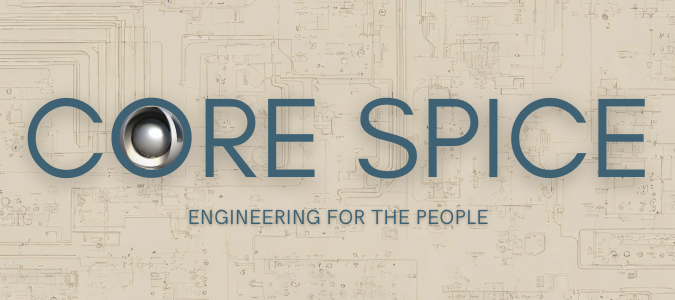
“85% of the reasons for refusing to fulfill customer expectations you can trace back to failures of systems and processes, and less to people. The task of management is to change processes, not the people.” (W.E. Deming)
Mr. Deming’s opinion was clear: it is your processes, not your employees, that spoil your profit.
But is this a legitimate view, or just a narrowly framed opinion?
When William Deming – the godfather of the Japanese Wirtschaftswunder – was active, processes mainly existed in the context of the producing industry. Assembly line enterprises were (and still are) run in the spirit of “scientific management” à la Frederick Taylor (who, ironically, was fired for his mismanagement at Bethlehem Steel).
The assembly line metaphor is powerful. It suggests that business processes can be controlled like an assembly line with electric motors, checkpoints, checklists, and specialized, exchangeable workers. That is what every process expert dreams of.
However, the reality of a software project looks very different. The magnitude of possible choices during product design is immensely complex. A specific process definition may serve one project well, but in another, the same definition might have catastrophic consequences.
To address this, the idea of “Tailoring Guidelines” (defined in the CMMI model at maturity stage 3, for example) was introduced. These guidelines are part of a meta-process, intended to allow flexible configuration of a basic production process definition. But here the first derivative of failure appears: in practice, this construction is abstract and difficult to understand. It can take months or years to prove its effectiveness. By that time, the responsible process advisors are often long gone, and their contributions forgotten.
This is not the first time in IT history that doubts have arisen about the practical use of theoretically convincing models. In Mind over Machine, Dreyfus notes that creating a computer model of human decision-making seems impossible. Consider the AI hype of the late 1980s, when “fifth-generation computers” were expected to become intelligent machines. Are we repeating the same mistake with formal process definitions—just as we did with neural nets, fuzzy logic, cybernetics, and genetic algorithms?
Are we trying to capture the incomprehensible?
Perhaps we are lost again in a hopeless attempt to reduce everything to one single aspect. Focusing on abstract “processes” instead of real human beings who actually are these processes.
“The task of management is to change processes, not the people,” argued Deming.
Maybe he said this because it is easier to define a multidimensional process model for a whole automobile factory than to change the behavior of a single individual.
This is not to say it is useless to define business processes. On the contrary, we have no better way to control a complex enterprise effectively. But we should proceed carefully and pragmatically. Experience, deep knowledge, goodwill, and goal orientation are required to define and improve business processes.
No theory provides a safe prescription for successful optimization. Quality assurance models like CMMI should be viewed only as tools to help us stay on track.
Ultimately, only a professional consultant with the right know-how can truly optimize your processes. In that regard, let’s just hope you have found the right advisor for your project.
Let’s start a conversation on LinkedIn or X.com (formerly Twitter).
I am a project manager (Project Manager Professional, PMP), a Project Coach, a management consultant, and a book author. I have worked in the software industry since 1992 and as a manager consultant since 1998. Please visit my United Mentors home page for more details. Contact me on LinkedIn for direct feedback on my articles.






Be the first to comment